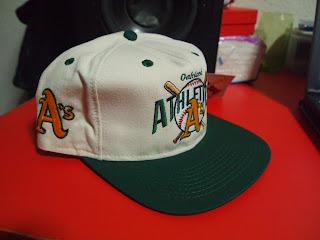Professional guitarists in all musical genres have relied on the Fender® Telecaster® guitar since its early 1950s introduction for its powerful tone and smooth playability. The Standard Telecaster combines the best of old and new, with hotter single-coil pickups, shielded body cavities, medium jumbo frets, six-saddle strings-through-body bridge, cast/sealed tuners, tinted neck, parchment pickguard and control knobs, and ’70s-style headstock logo.
The Telecaster is known for its ability to produce both bright, rich, cutting tone or mellow, warm, bluesy tone depending on the selected pickup, respectively "bridge" pickup or "neck" pickup. The bridge pickup has more windings than the neck pickup hence producing much higher output, which compensates for a lower amplitude of vibration of the strings at bridge position. At the same time, a capacitor is fitted between the slider of the volume control and the output, allowing treble sounds to bleed through while the mid and lower ranges are damped. A slanted bridge pickup enhances the guitar's treble tone. The solid body allows the guitar to deliver a clean amplified version of the strings' tone. This was an improvement on previous electric guitar designs, whose hollow bodies made them prone to unwanted feedback.
by Creston Electric
Why top-loader?
Many people insist that in order for certain guitars to acheive proper snap, crackle, and pop, the strings MUST pass through the bridge plate and anchor in ferrules on the back of the guitar's body. Those people will argue this to the point of violence. I suppose everybody has to believe in something. Those same people are apt to work behind the counter at music stores. Here's what they won't tell you:
4 of 5 string-through-body guitars you'll find on the rack are STIFF and UNFRIENDLY. Those offending guitars are also likely to be UNSTABLE when it comes to tuning. Some stiffness is attributable to poor set-up, but some - unquestionably - has to do with the tension on the string behind the saddle. My initial solution was to move the bridge plate back, so that the saddles would come forward for proper intonation and create a more gentle angle between the saddle and the spot where the string dissappears into the body. It helped, but not enough.
More often than not, I'm asked to build Bigsby-equipped guitars. I began boring top-loader holes in my bridge plate flanges so that, some unwarbly day in the future, players could remove their Bigsbys and still have playable guitars without having to drill and install ferrules. I was encouraged by a friend's particularly nice, twangy toploader guitar, manufactured in California during the great spare-parts year of 1959.
As soon as I tried one of those modified bridge plates on a non-Bigsby guitar, I was sold. I have been to the toploader mount and I have no seen the toploader light. Because no part of the string is under especially heavy tension: the guitars bend well, even at the country-friendly frets near the nut. They stay in tune. Strings go unbroken. They sound every bit as good. Players often report that they can use heavier-than-usual strings without losing playability.
When the same toploader-hating music store guy is A) rhaposodizing about anybody who ever played with John Mayall or B) trying to sell you a $5000 guitar with inlay all over it, remind him that only string-through-body guitars sound good.
I don't want to fight about it, but I'm standing up for toploaders.
Fender Standard Telecaster 1995-1996
Mint! Beautiful, almost unused guitar in mint condition. It has a fixed bridge and standard pickups.
There is a black and silver decal on the peghead. White-Black-White 3 layer pickguard. Finish is just about perfect. B neck, 1 5/8" at the nut. Everything works fine,switches, controls, etc.
Action is great. Sound is awesome. Ideal for great play and for a collection (15 year old guitar).
Price: RM2,099





















































